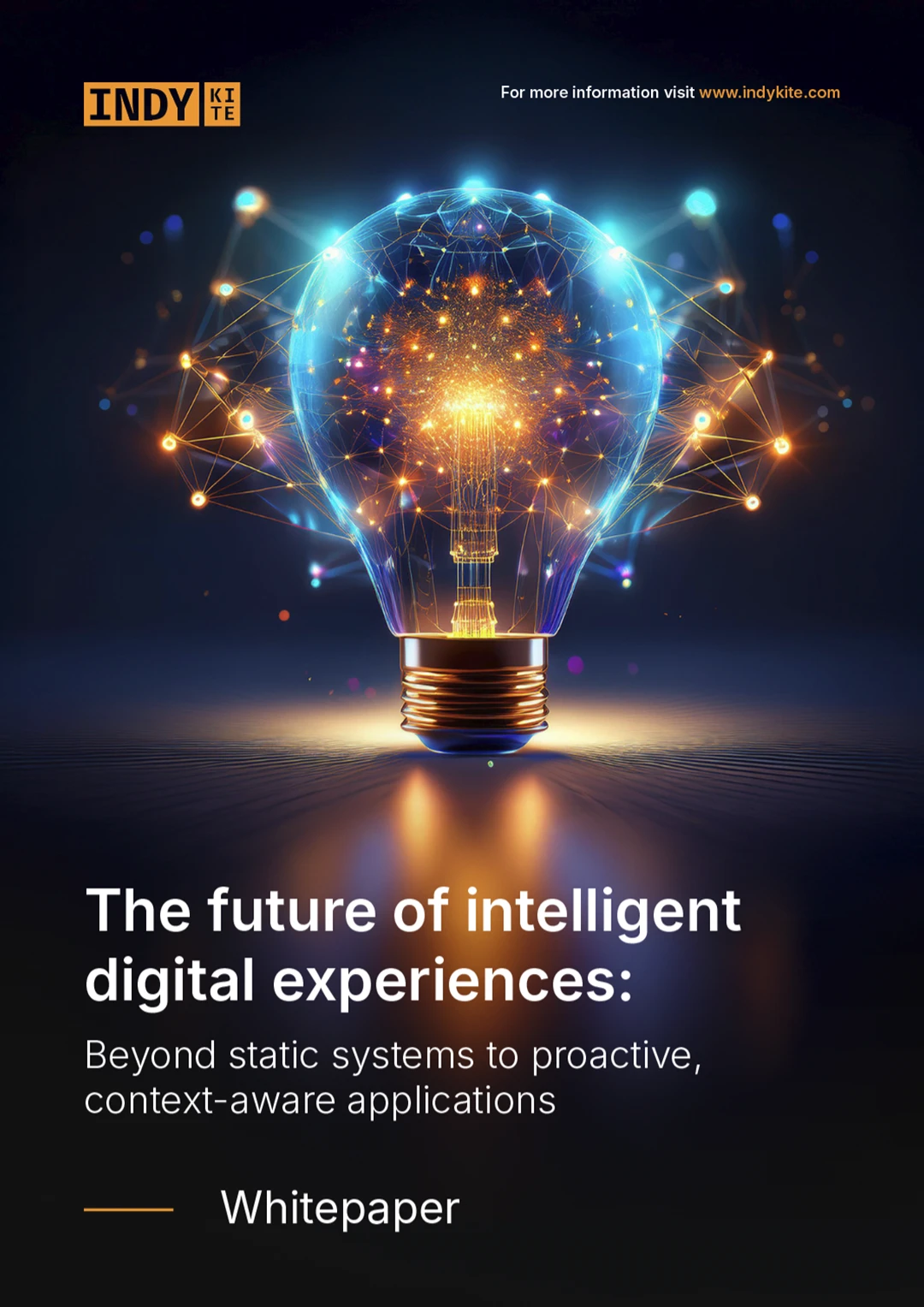How IAM works
Securing access to an organization’s resources begins with authentication, the first component of IAM, also known as “Identity Management“. Authentication includes using credentials to verify that you are who you say you are. The second half of IAM is Access Management, which includes authorization - what you are able to do in the system (view, edit, change, administrate). After the IAM system has verified that the person or thing attempting to access a resource aligns with their identity, access management monitors and regulates the resources they are authorized to access.
More specifically, authorization enables trusted identities to access digital assets based on appropriate assurance levels (often within a zero trust framework). What differentiates the solutions in the market is the level of granularity involved in those authorization decisions. Effective IAM is critical to ensuring the security of your systems and maintaining digital trust. Typically, IAM systems have been primarily concerned with maintaining security.
Why IAM is important
IAM ensures that only legitimate parties have the right access to the right resource at the right time. Ensuring trusted access and authorization is becoming more and more complex as more and more services, devices and things come online. At the same time, the risk environment continues to increase with malicious actors targeting identity information and using identity as the attack vector. Identity is foundational for establishing trust relationships, which are critical to the future of online interaction. The internet was never designed with an identity layer so there has always been a challenge of creating trusted relationships with a high degree of assurance that the person, organization or thing is who they say they are.
In the past, network security was defended at the perimeter. Now with increasing remote work forces, bring your own device (BYOD) and the rise of IOT and smart devices, the boundaries for conducting business have greatly expanded, as has the attack surface. To manage this, many organizations are moving to a zero trust model that restricts unauthorized access from outside but also from within the organization - making identity the new perimeter. With identity at the heart of the threat landscape and also the key defense focus, Gartner has named identity-first security as one of the top security and risk management trends.
IAM is a key piece of most applications and services and is therefore an enabling technology. However, it is often underutilized with only basic or coarse grained functionality in operation. Modern IAM can play a crucial role in enhancing customer experience by limiting friction and enabling greater control for more complex decisions.
Who needs IAM?
Any business that is allowing access to a system, whether its for staff to access shared files and systems, customer online payments, loyalty programs, or a complete virtual service. There are few that don’t require any sort of IAM system. Larger corporations usually choose to design their own access framework (with highly granular controls), however smaller organizations often choose an off-the-shelf-product.
As we continue to move towards Web 3.0, identity will become a critical divider between businesses that offer a good user experience (privacy, control, frictionless, etc.) and businesses that don’t. More and more businesses are learning the value of identity orchestration across all platforms and services and it is fast becoming the new benchmark. Identity that is orchestrated will not only provide greater security, but will also provide opportunity for growth and new service development.
Current state/limitations of IAM
IAM are a crucial part of ensuring efficient system interactions while providing essential security services. They authenticate and authorize access, detect violations, and improve visibility - all around safeguarding the digital ecosystem. Multiple regulations acknowledge IAM as an essential component for securing sensitive data and ensuring regulatory compliance.
Today’s IAM systems are suited for a static world, with much of the technology created for the previous era of systems, and has not kept pace with the rate of development required by modern applications. As such, current IAM systems are marked by both challenges and opportunities, necessitating a shift towards innovative solutions capable of meeting the evolving needs of cybersecurity and customer experience.
Opportunities with IAM
IAM presents a myriad of opportunities across various sectors. From enhancing security and productivity to offer opportunities for personalized user experiences, enabling tailored services and content.
As cyber threats continue to evolve, the importance of having robust IAM systems remains paramount. Yet, the wealth of information associated with identities, does not need to only present businesses with a security risk, but an unprecedented opportunity to create value beyond security and cost prevention strategies - a less well understood aspect of IAM technology.
There is so much untapped potential in the utilization of identity data. By applying tooling that lets you unify and leverage your data, you can open up a whole new way of delivering IAM services and functions that are faster, lower friction, more secure and easier to manage.
A modern identity platform, like IndyKite’s, with inbuilt data unification capabilities provides businesses with the opportunity to leverage the data and gain deeper insight to drive business growth. Learn more here.
Having covered the essentials of IAM, let’s dive deeper into CIAM, where the principles of IAM are tailored to meet the specific needs of modern businesses and their customer-centric ecosystems.
















